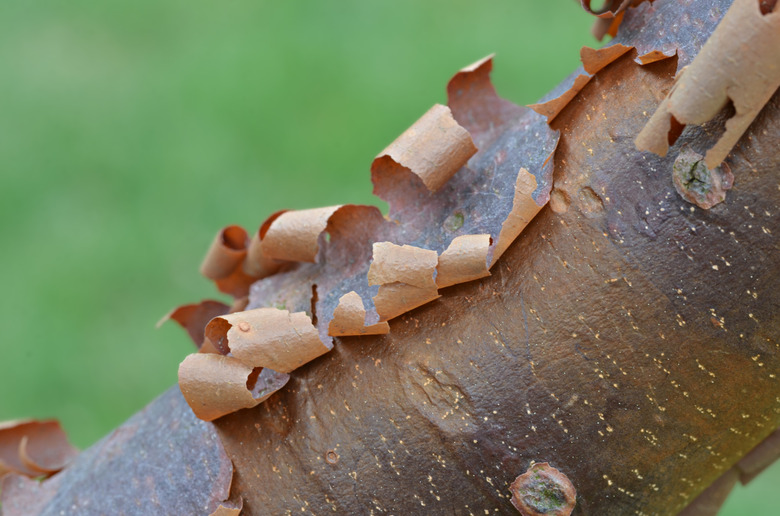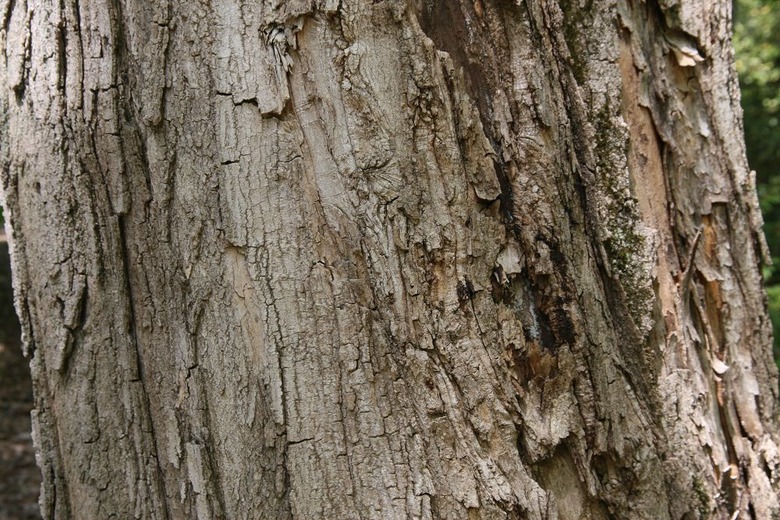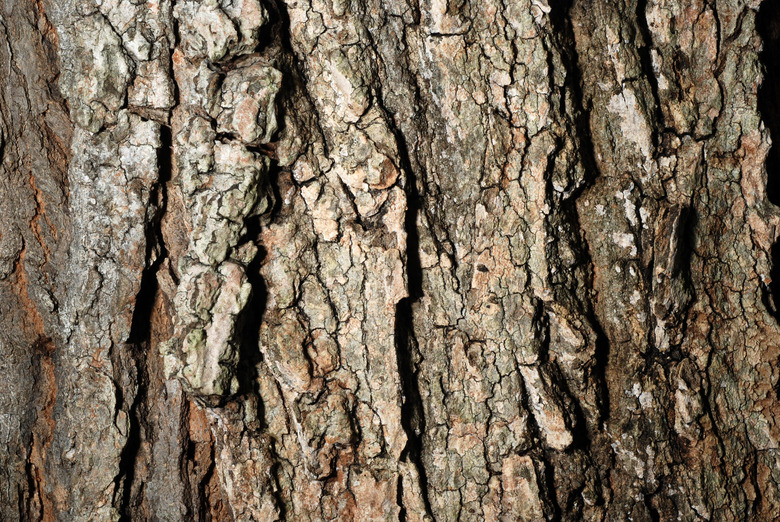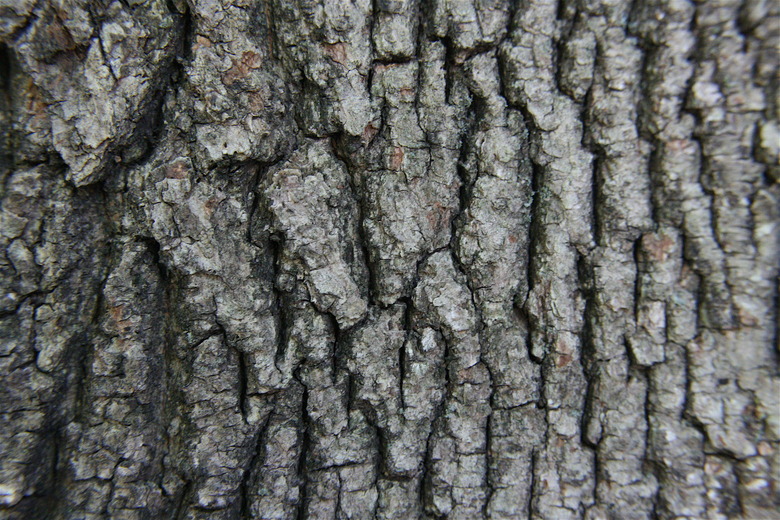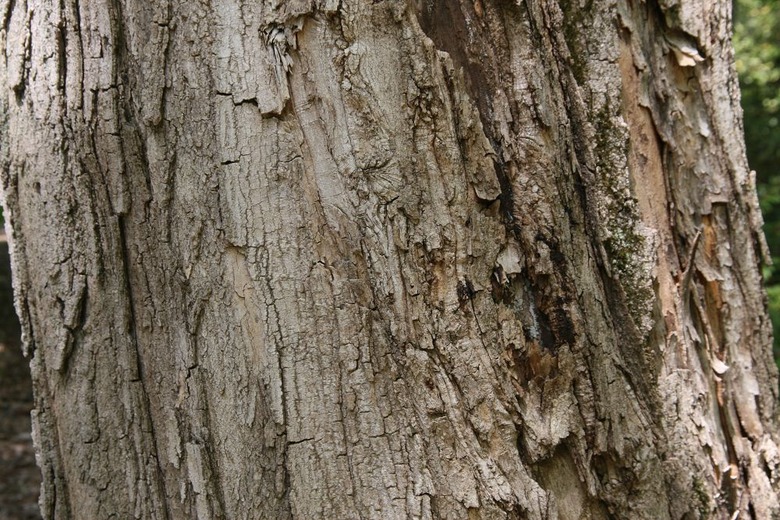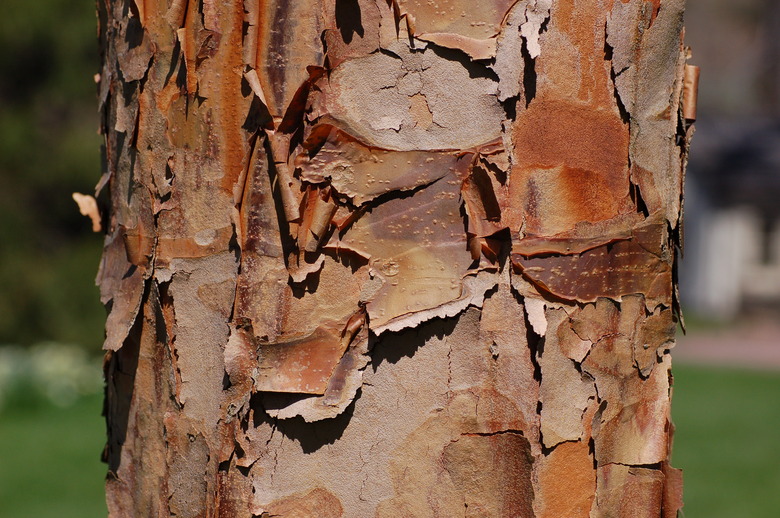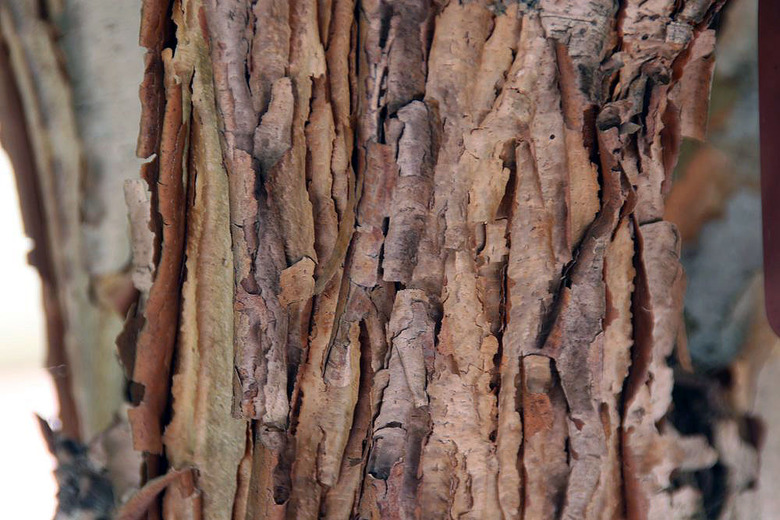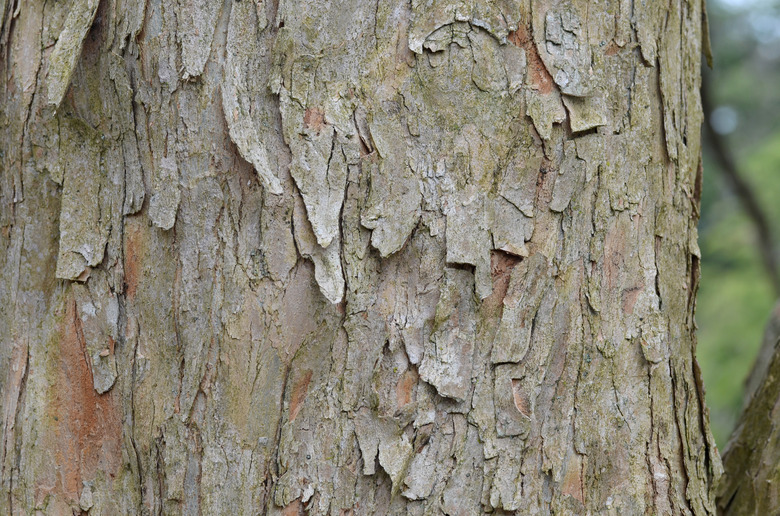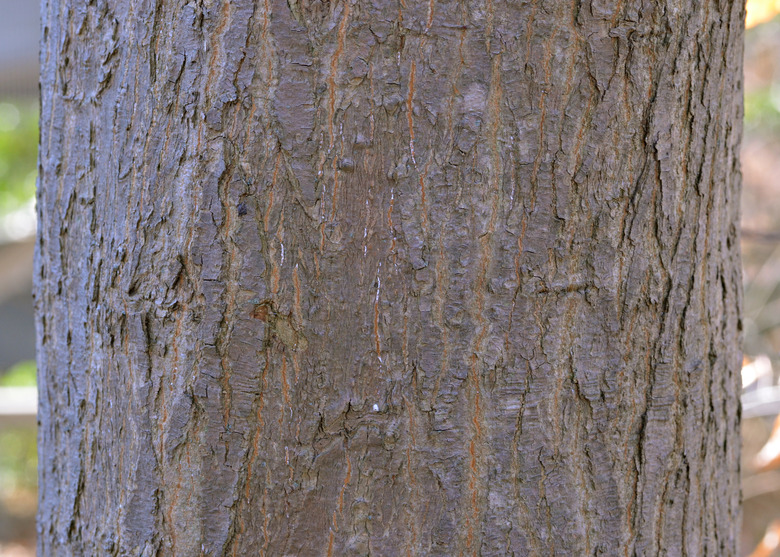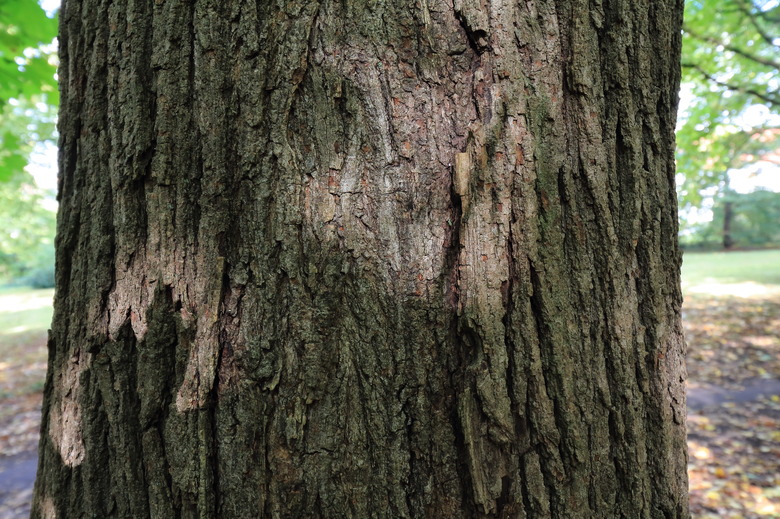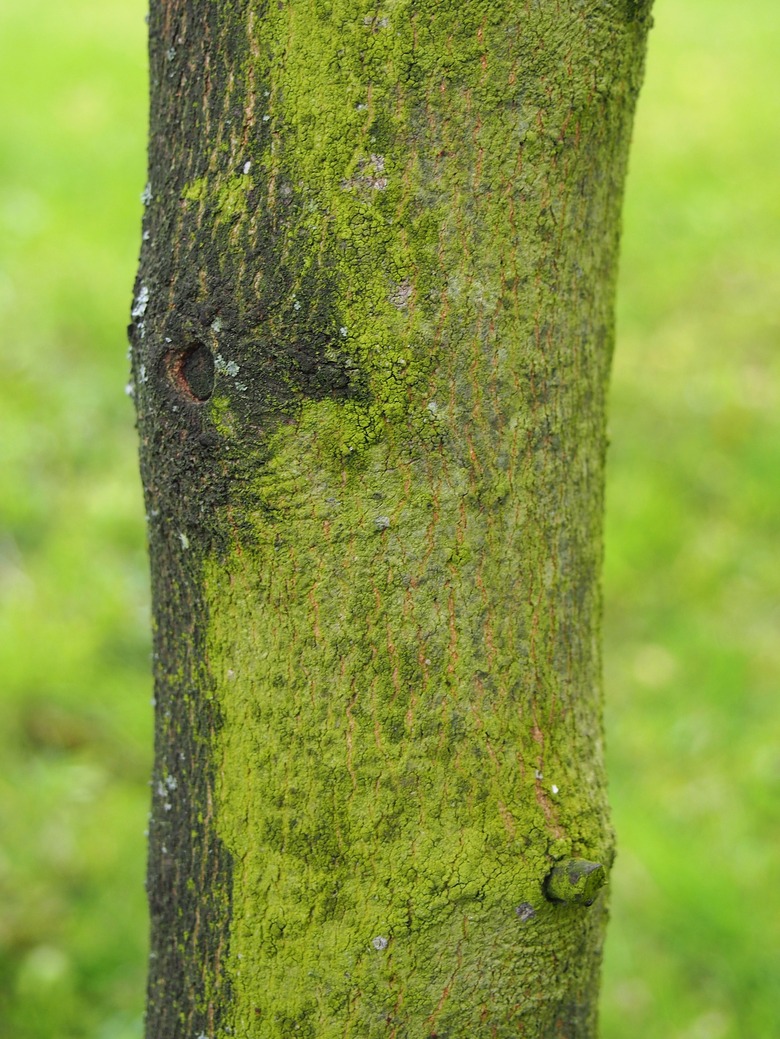How To Identify Maple Trees By Bark (With Pictures)
There are more than 100 species of maple trees (Acer spp.), including 13 species that are native to North America. Many species are prized for their fall color. Maple trees are hardy in USDA plant hardiness zones 3 to 9.
In addition to looking at the size of the tree and the features of the maple leaves, it is possible to identify these deciduous trees by the color and texture of their bark.
Maple Trees for Tapping
While all species of maple trees can be tapped for sap to make maple syrup, there are four species that are most commonly used commercially for this purpose. Let's review the characteristics of their bark.
Sugar Maple
As is the case with many maples, the gray bark of a sugar maple tree (Acer saccharum, zones 3 to 8) changes as the tree ages. The bark of young trees is smooth. With time, the bark becomes furrowed and long, vertical plates develop on the surface.
Black Maple
The bark of the black maple (Acer saccharum subsp. nigrum, zones 4 to 8) is very similar to that of the sugar maple but can be distinguished by the darker color that gives the tree its name. The furrows of the black maple are usually deeper than those of the sugar maple.
Red Maple
Red maple trees (Acer rubrum, zones 3 to 9) have smooth gray bark when they are first growing. Eventually, the bark displays ridges and narrow, scale-like plates on its surface.
Silver Maple
The silver maple tree (Acer saccharinum, zones 3 to 9), which gets its name because its sap has the most sugar content, has gray bark. On older trees, the bark develops long, thin scales that peel at the ends.
Exfoliating Maple Tree Bark
Some maple tree species have what is known as exfoliating bark, or peeling bark. This means that the bark peels away in thin layers, which adds visual interest to the tree. Let's look at some of the maple tree species with this type of bark.
Paperbark Maple
The paperbark maple tree (Acer griseum, zones 4 to 8) is native to China. It has a copper-colored exfoliating bark that curls and remains on the tree, revealing rosy brown inner bark.
Three-Flowered Maple
The three-flowered maple tree (Acer triflorum, zones 4 to 7) is native to China and Korea. This species has grayish-brown bark that peels vertically, exposing orange-brown bark underneath.
Trident Maple
Native to eastern China and Japan, the trident maple tree (Acer buergerianum, zones 5 to 9), has exfoliating light brown bark that acquires an orange tone as the tree ages.
Other Maple Bark Identification
Let's go over the bark of other species of maple trees.
Japanese Maple
When Japanese maple trees (Acer palmatum, zones 5 to 8) are young, their stems are green to reddish-brown. The bark of these trees becomes gray as the tree ages. The bark is mostly smooth.
Norway Maple
The Norway maple (Acer platanoides, zones 3 to 7) is a large maple tree that has gray or black bark with many shallow, connecting furrows. This tree is native to Europe and has become invasive in many parts of the United States.
Chalkbark Maple
The chalkbark maple tree (Acer saccharum subsp. leucoderme, zones 5 to 8) is a version of the sugar maple that gets its name from its whitish bark. On old trees, the bark close to the ground blackens and develops ridges.
References
- Ohio State University Extension: Maple Tree ID
- North Carolina State Extension: Acer griseum
- Missouri Botanical Garden: Acer triflorum
- North Carolina State Extension: Acer buergerianum
- Clemson Cooperative Extension: Maple
- Missouri Botanical Garden: Acer buergerianum
- Utah State University Extension: Maples in the Landscape
- University of Florida IFAS Extension: Acer leucoderme: Chalk Maple
- University of Maryland Extension: Norway Maple
- North Carolina State Extension: Acer palmatum
- Missouri Botanical Garden: Acer rubrum
